15 Shoes That Look Stylish but Secretly Ruin Your Feet
Many shoes look stylish on the outside but can quietly damage your feet when worn often. From heels to trendy sneakers, certain designs trade comfort and support for looks. Here are some of the most common styles that may look good in the mirror but can cause long-term problems for your feet.
This post may contain affiliate links, which helps keep this content free. Please read our disclosure for more info.
High Heels
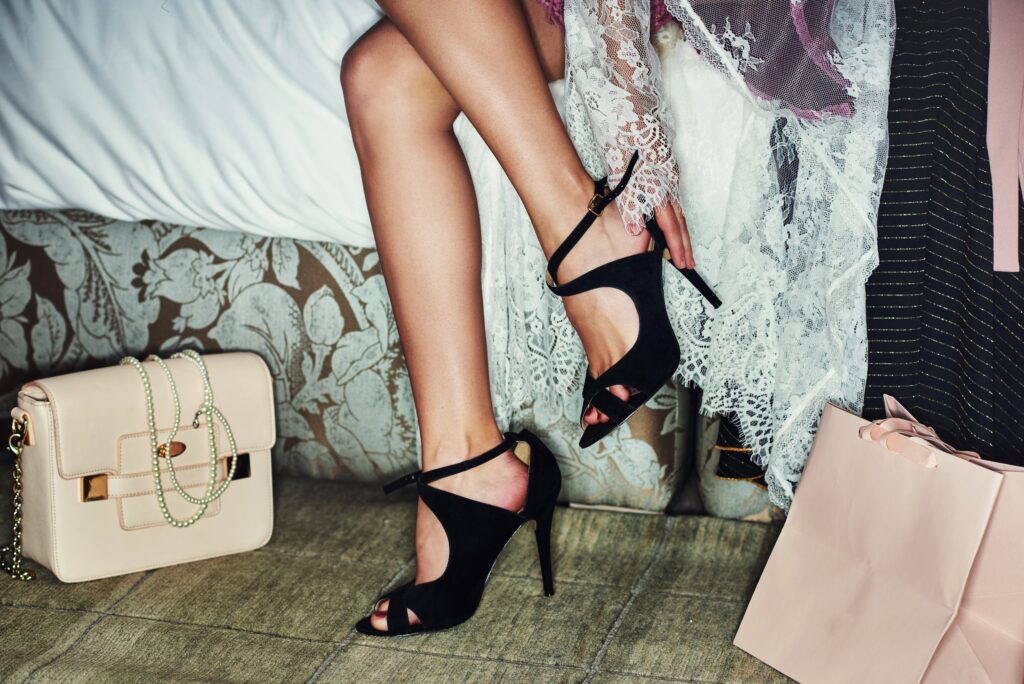
High heels instantly change posture by pushing weight forward onto the balls of the feet. This unnatural angle often compresses the toes into narrow spaces, increasing the chances of bunions and hammertoes. Wearing them regularly can also strain calf muscles and shorten the Achilles tendon.
Back pain and knee strain are also common since heels shift alignment throughout the body. Even short outings in tall pumps can leave lingering discomfort. Many podiatrists suggest limiting their use to special occasions or choosing lower block heels as safer alternatives.
Pointy-Toe Flats
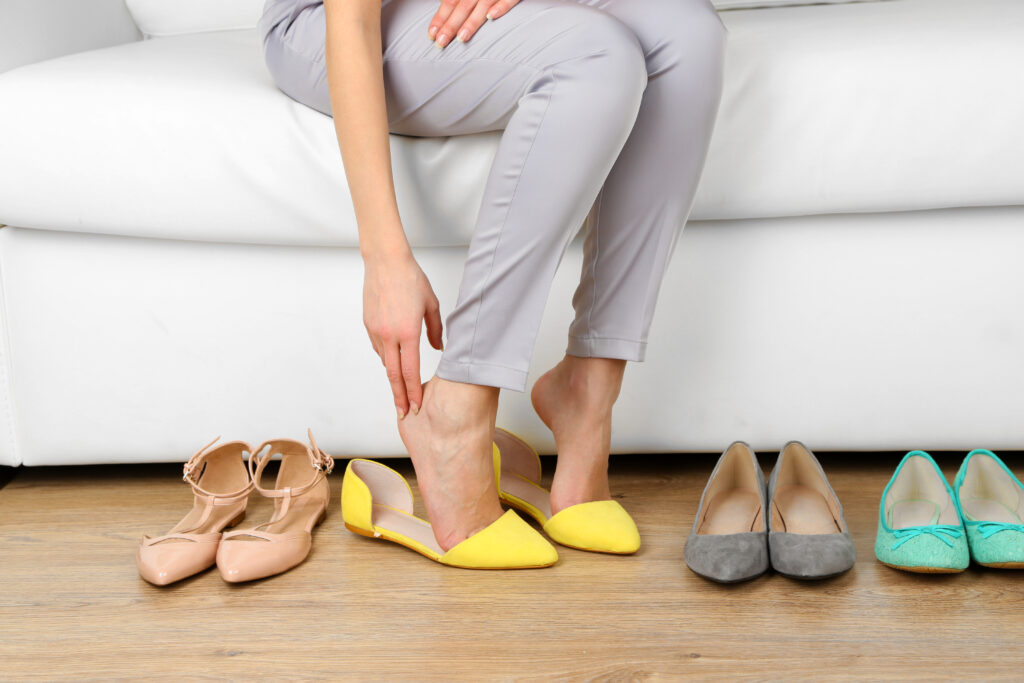
Pointy-toe flats look polished but force toes into a cramped position. Over time, this tight squeeze can lead to corns, calluses, and even nerve pain. The lack of cushioning adds extra stress on the soles of your feet.
They may seem better than high heels, but they come with their own risks. Long-term wear can change the natural shape of your toes. Choosing shoes with a rounded toe box can provide relief without sacrificing style.
Ballet Flats
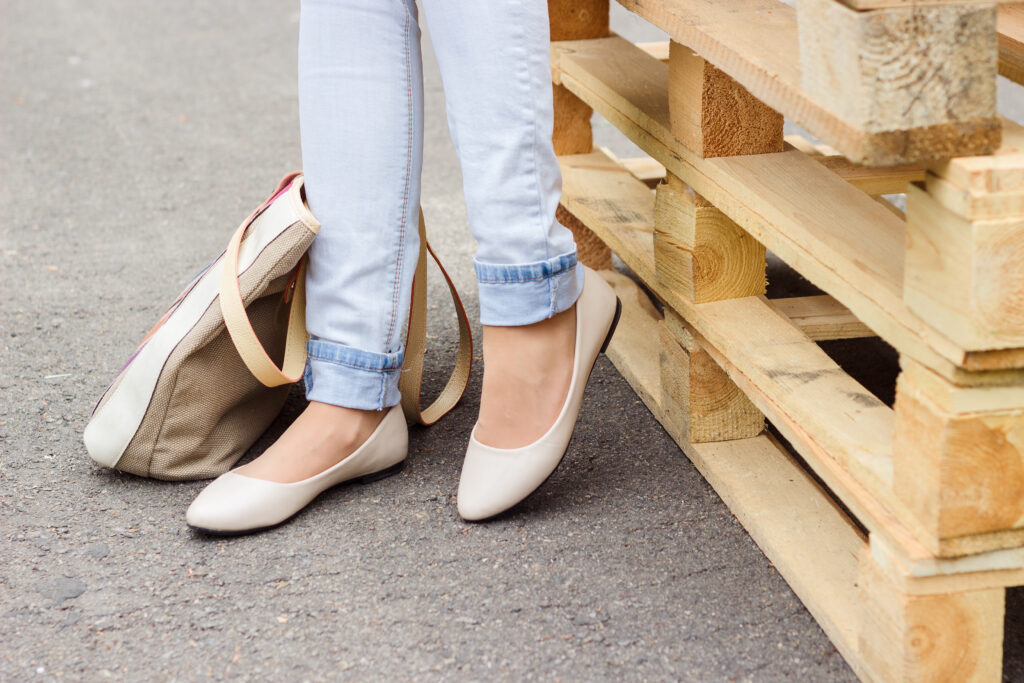
Ballet flats are popular for their slim look and easy wear. However, most have paper-thin soles that provide little to no shock absorption. The lack of arch support makes them a major trigger for plantar fasciitis.
They can also cause overpronation since your foot rolls inward without support. This creates ankle and knee problems over time. If you love flats, consider cushioned insoles or pairs designed with built-in support.
Flip-Flops
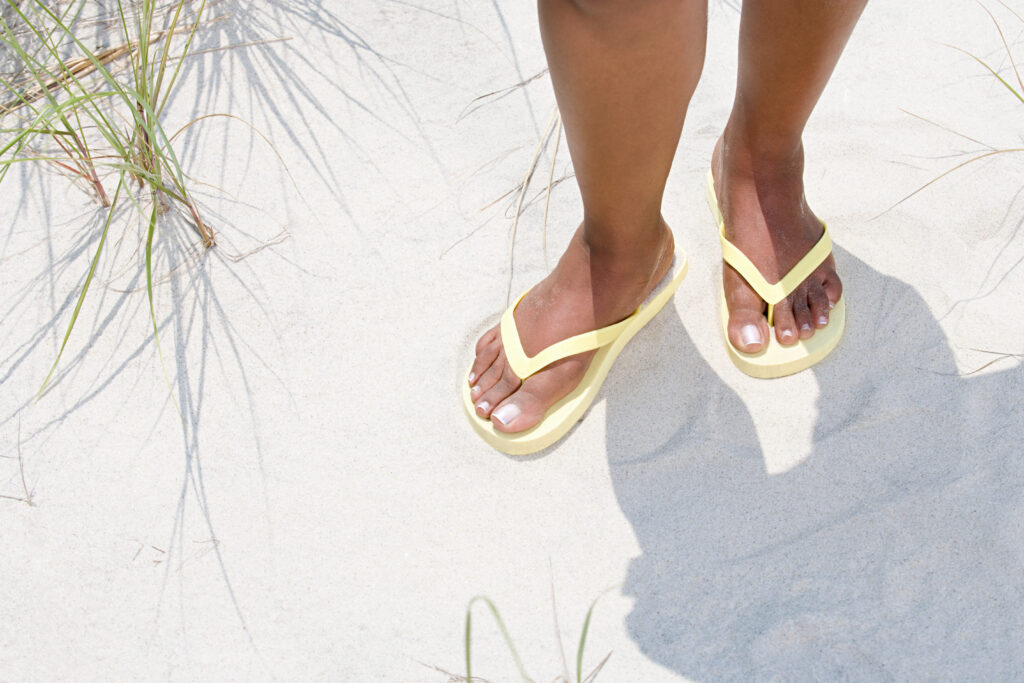
Flip-flops are a summer staple, but they offer almost no structure. The thin soles leave your heels and arches unprotected, which can spark pain with prolonged walking. To keep them on, your toes curl unnaturally, putting strain on small muscles.
They also make you more prone to tripping and injuries since there is little grip. Long walks in flip-flops can trigger tendonitis or shin pain. Safer choices include sandals with firm soles and supportive straps.
Slides and Fashion Sandals
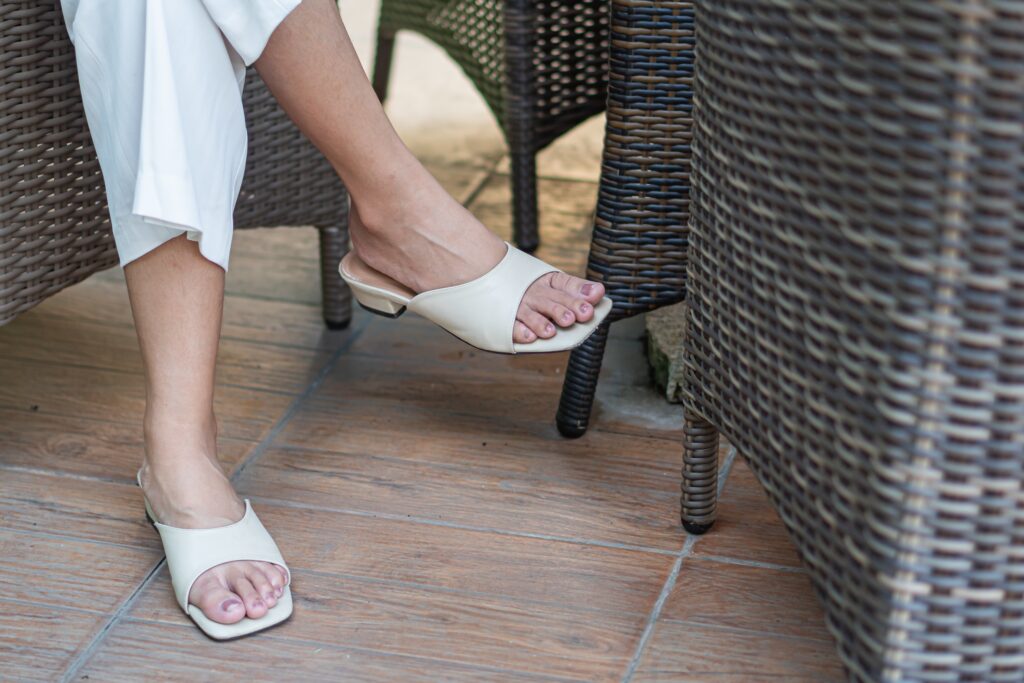
Slides often lack proper straps to secure the foot, which forces muscles to work harder. Without stability, your gait changes and can lead to sore arches or ankles. The flat, rigid base also does little for cushioning.
They may look casual and easy, but extended use can quickly create strain. Some wearers report cramping after only a few hours. Sandals with ankle straps and supportive footbeds are much healthier options.
Platform Sneakers
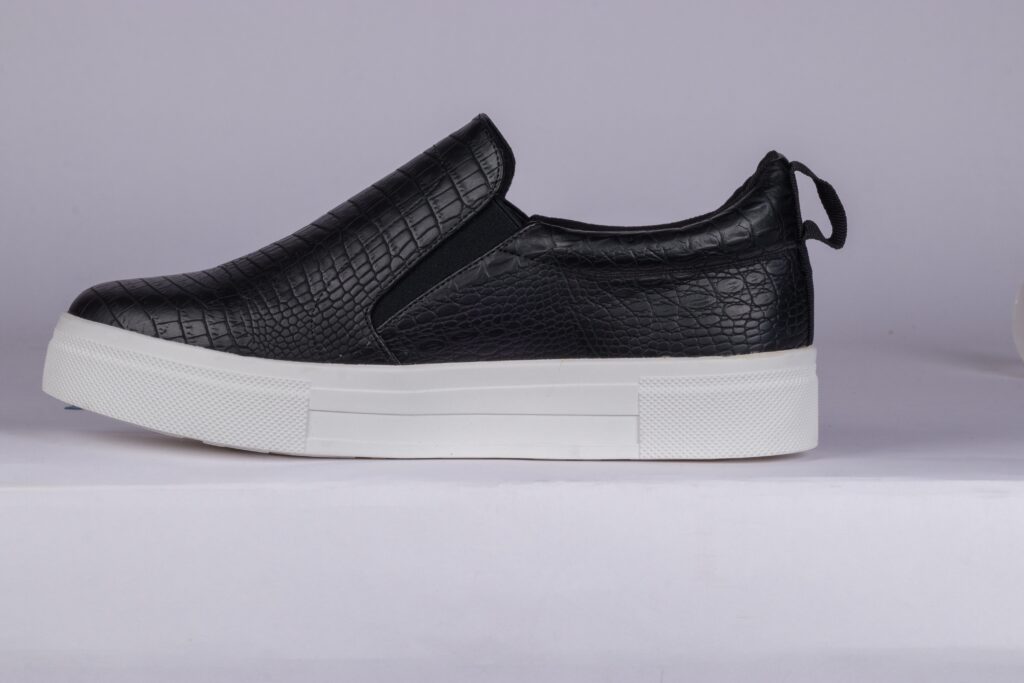
Platform sneakers are heavy and stiff, which restricts the natural bend of your feet. The thick sole reduces your ability to feel the ground, raising the risk of rolled ankles. These shoes may feel cushioned but lack flexibility.
They also alter balance since weight is raised higher off the ground. A single misstep can result in twisted joints or sprains. Choosing sneakers with lower, more flexible soles helps reduce these risks.
Wedge Heels
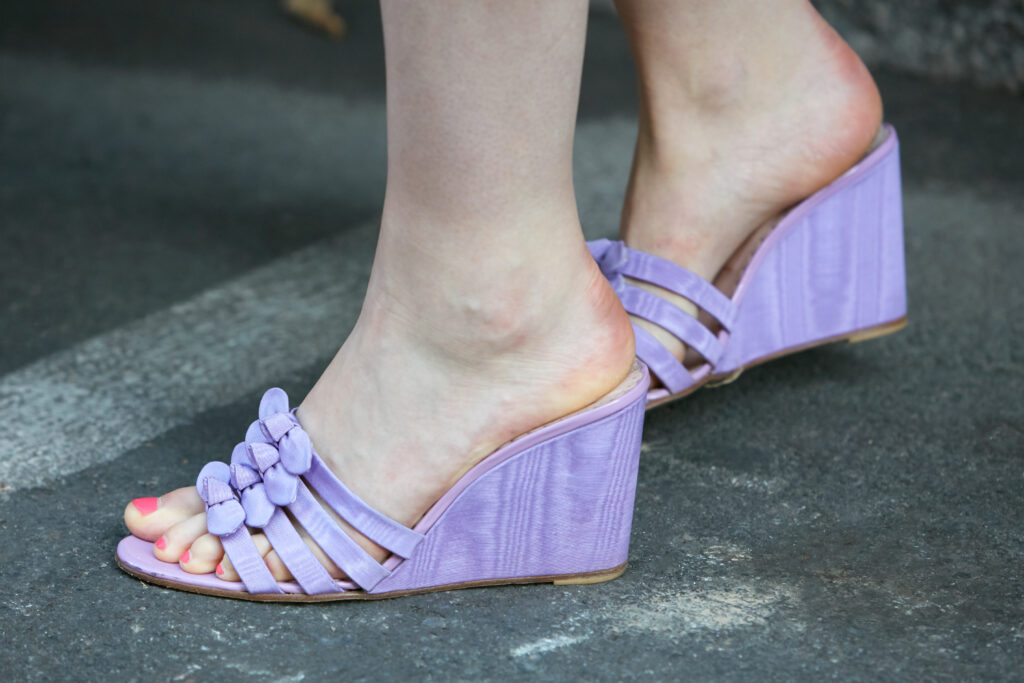
Wedge heels spread weight more evenly than stilettos, yet they still keep feet at an unnatural angle. This constant forward pitch places pressure on the forefoot. Long use can create joint pain and stress fractures.
They also limit ankle movement since the solid base restricts flexibility. That lack of mobility can cause imbalance when walking on uneven ground. A modest wedge with added cushioning may reduce strain but still carries risk.
Sock Sneakers
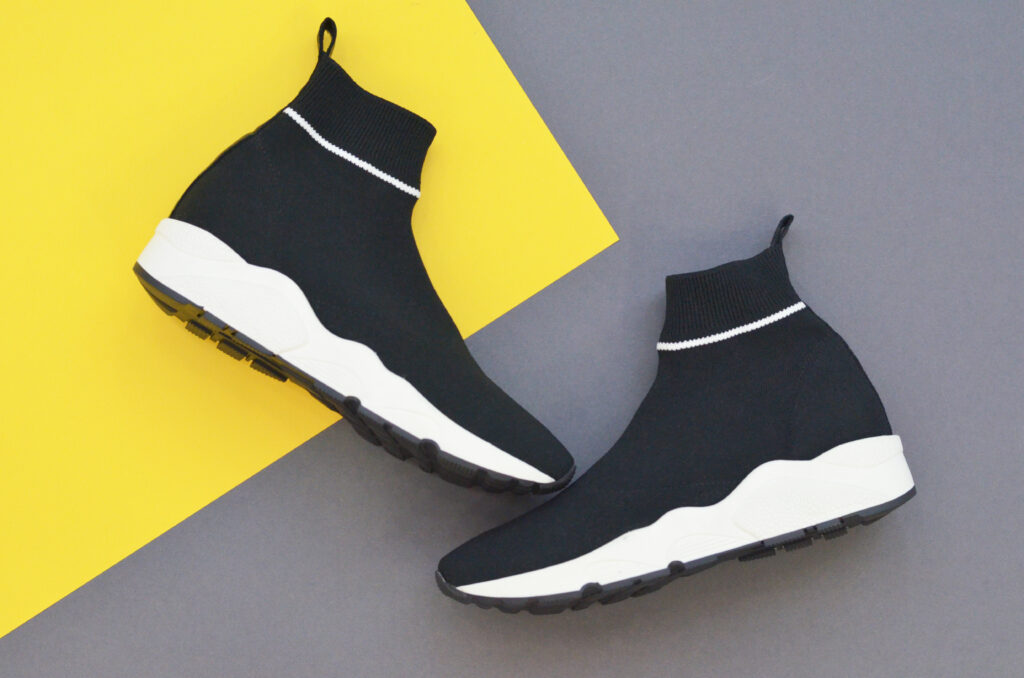
Sock sneakers feel light but lack structure around the foot. Many are made with stretchy knit material that fails to provide stability. Over time, this can lead to arch collapse or plantar fasciitis.
The soft upper also allows feet to slide inside, causing blisters and irritation. While comfortable for short errands, they are not suited for long walks. Supportive sneakers with firm soles are a safer pick.
Overly Tight Dress Shoes
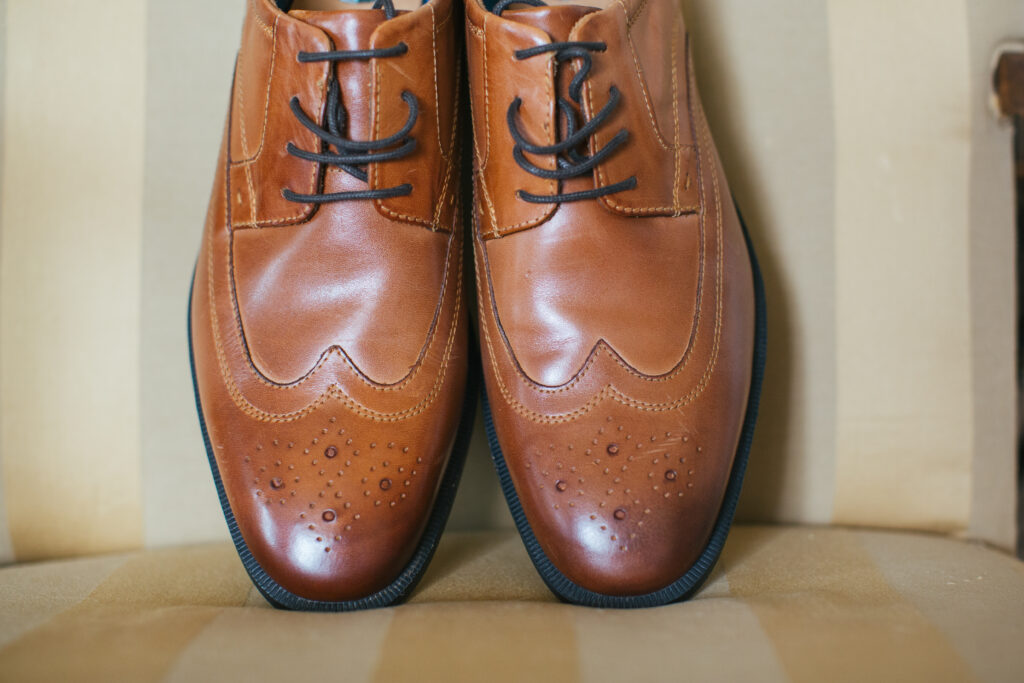
Slim dress shoes may look sleek but often squeeze toes together. This pressure leads to bunions, ingrown toenails, and nerve pain. Leather that does not stretch worsens the problem over time.
They also lack proper cushioning in the sole, which adds stress with each step. Hours in such shoes can leave feet swollen and sore. Opting for wider fits or using stretchers helps reduce discomfort.
Cheap Ankle Boots
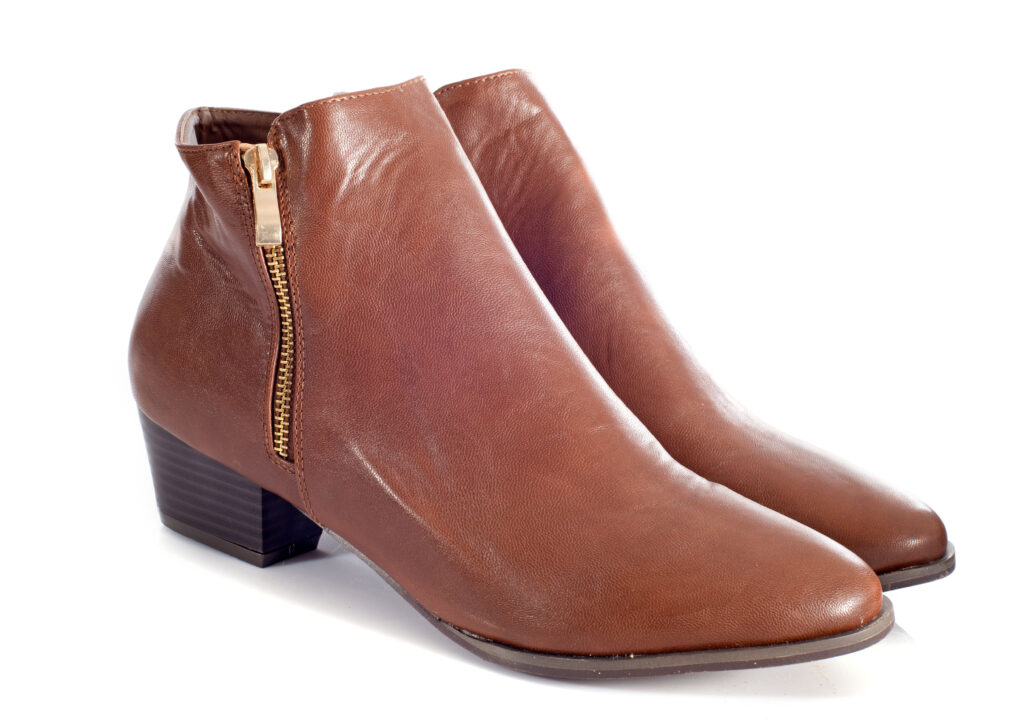
Fast-fashion ankle boots often come with rigid soles and no arch support. Wearing them daily creates heel and ankle pain. The stiff design also irritates the Achilles tendon.
Poor-quality materials make the problem worse, since they do not break in easily. Lack of breathability can also cause blisters and fungal issues. Investing in boots with cushioned insoles provides long-term comfort.
Mule Shoes
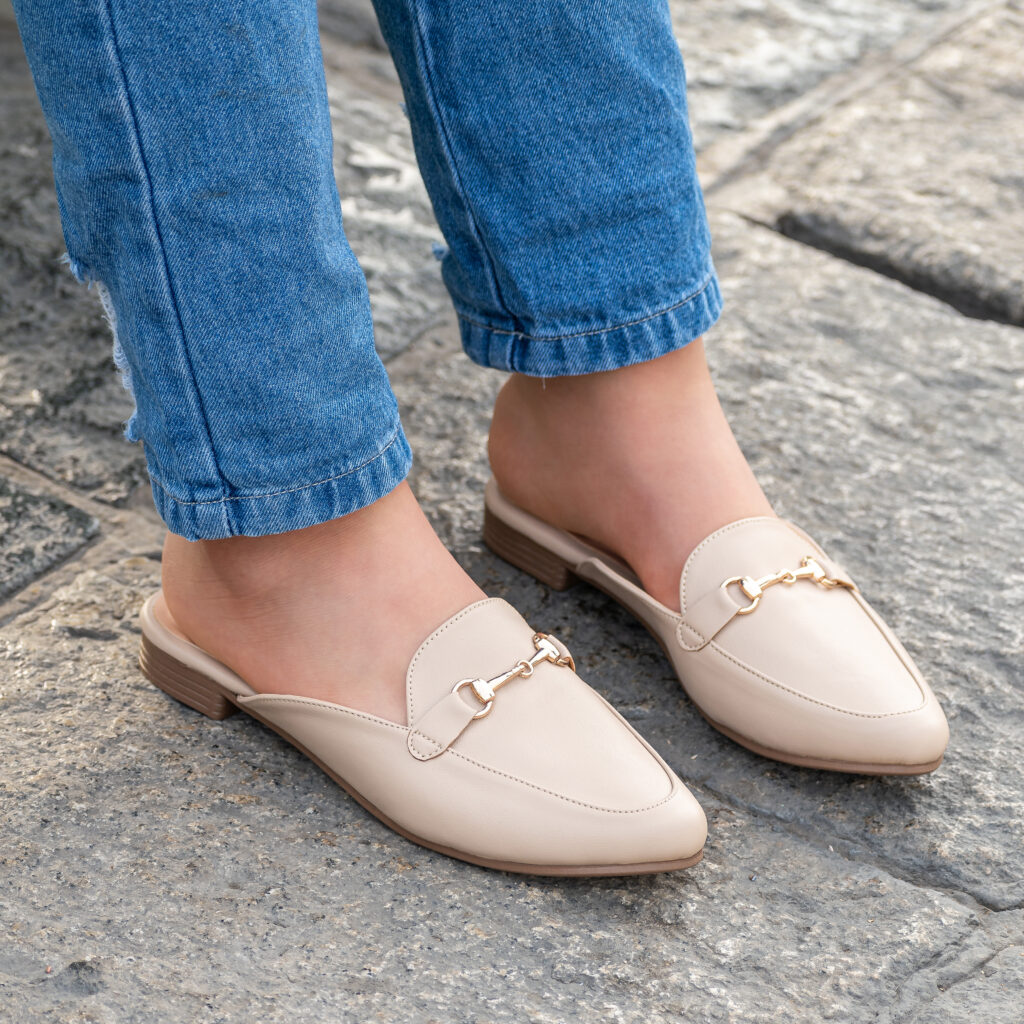
Mules, whether flat or heeled, slide off easily unless toes grip tightly. This constant effort strains muscles and can lead to hammertoes. They also make trips and stumbles more likely.
The open back provides little support for the heel. As a result, feet tire faster and posture suffers. If you enjoy mules, choose pairs with more supportive soles and a snug fit.
Espadrilles
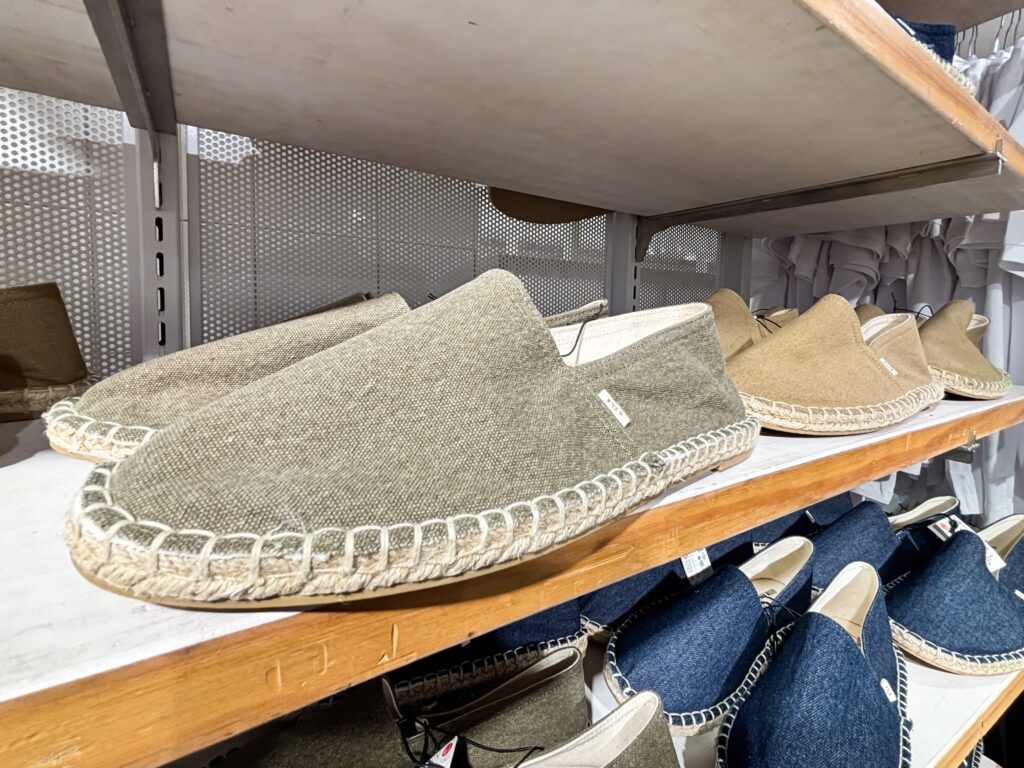
Espadrilles feature woven soles that are stylish but flat and unsupportive. Without proper cushioning, they increase strain on arches and heels. Their rigid structure can also rub and create blisters.
The rope base absorbs little shock, making them uncomfortable for long walks. They may feel fine for casual outings, but extended wear risks joint pain. Choosing versions with padded insoles can reduce the impact.
Overly Cushioned Fashion Sneakers
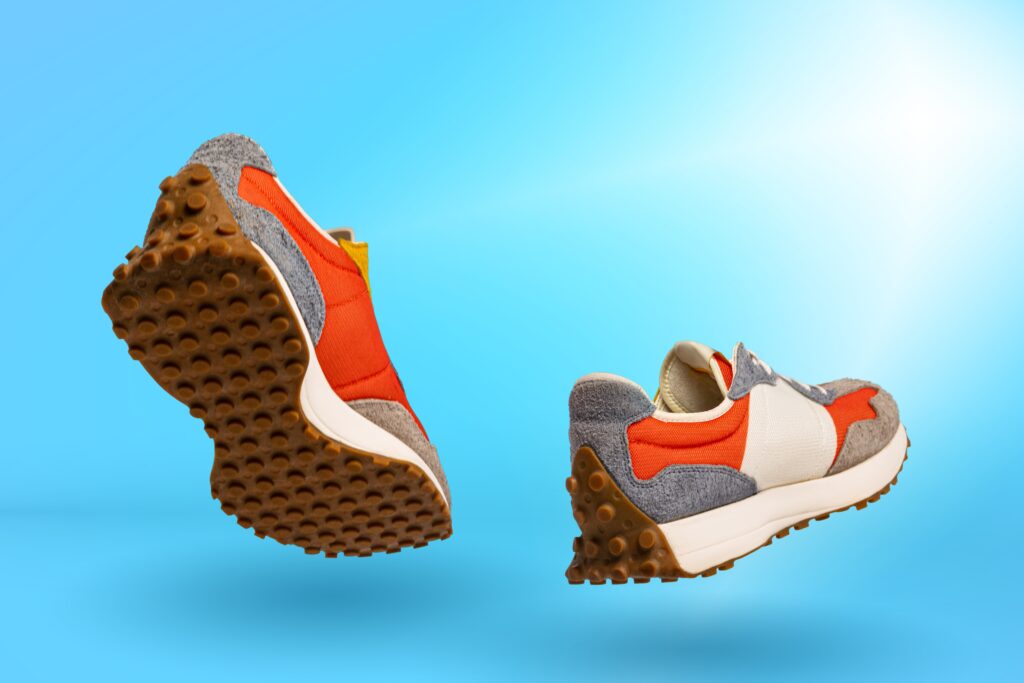
Chunky sneakers with thick midsoles may look supportive but often cause instability. The excess padding can alter gait and place stress on hips and knees. This design reduces natural foot mechanics.
They are also heavier, which adds extra effort when walking. Over time, the imbalance can lead to pain in multiple joints. Sneakers with balanced cushioning and flexibility are better suited for daily wear.
Narrow Cowboy Boots
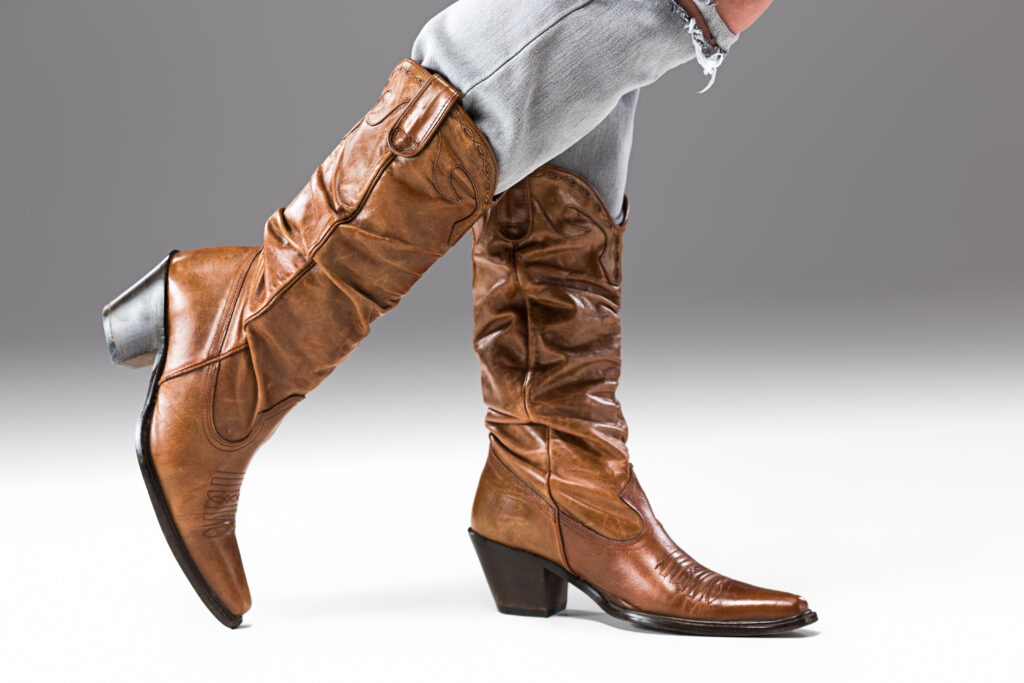
Cowboy boots with tapered toes pinch feet into unnatural shapes. Bunions, corns, and neuromas often develop after years of wear. The rigid leather prevents natural spreading of the toes.
The elevated heel on many pairs also shifts weight forward. Combined with the narrow fit, this increases pressure on the forefoot. Wider versions or boots with square toes are less damaging.
Plastic or Vinyl Shoes
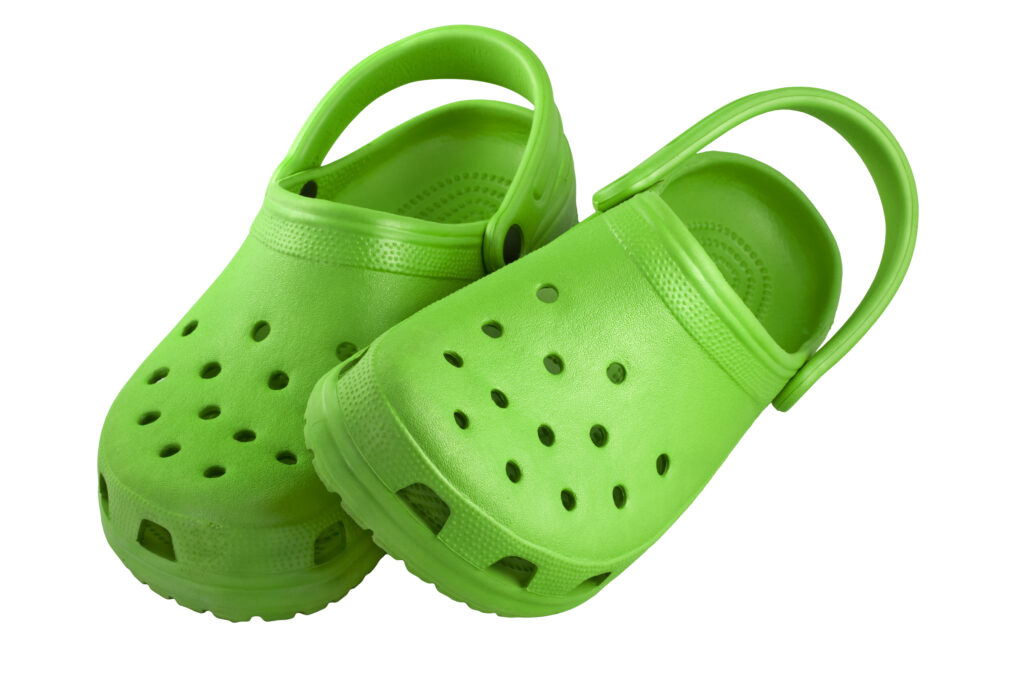
Shoes made of stiff plastic or vinyl prevent airflow and flexibility. This traps moisture, leading to blisters and fungal growth. The hard material also rubs against skin, causing irritation.
Because the shoe does not mold to the foot, pressure points form easily. This creates discomfort even after short use. Natural materials like leather or fabric are safer for daily wear.
This article originally appeared on Avocadu.
